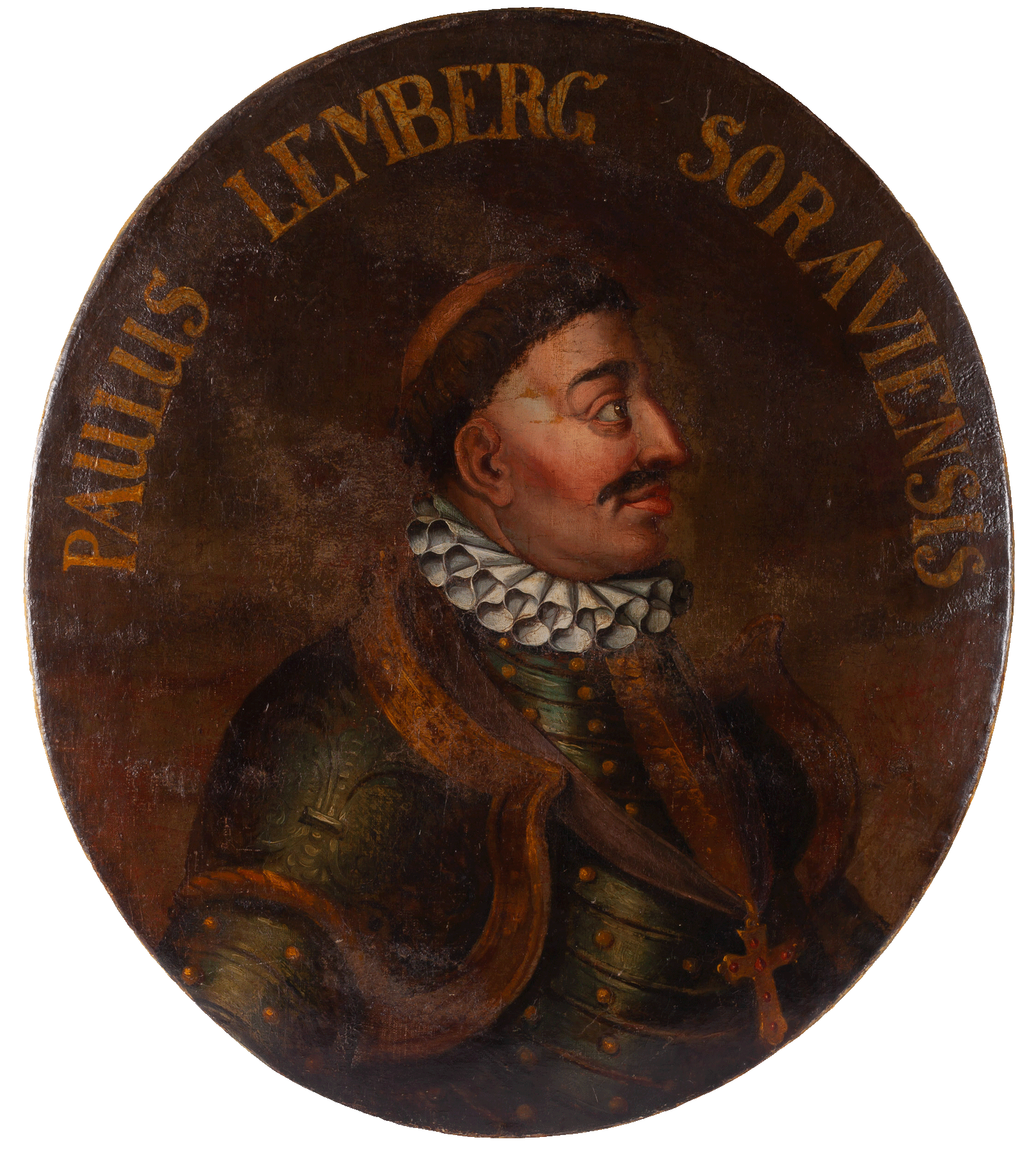
Portrait of Abbot Paul II (Paulus) Lemberg of Żary, 1522-1525
- Style
- Baroque
- Date
- 1732-1733
- Material and technique
- Oil painting on canvas
- Location
- Poaugustinian Monastery Complex in Żagań, Poland
- Description
- The portrait was originally accompanied by the inscription: 'Ferreus est abbas dictus qui olim cataphractus. / Ipse Lutherum adiit, dogmata cujus amat. / Fratribus hoc suadet, sed tandem cedere jussus / Expetiit Grünberg, exul egensque perit". Called the Iron Abbot because he wore armour. He was friends with Luther, loved his teaching and urged his brothers to follow it. He was transferred to Zielona Góra, then excluded from the order (1554). He died in poverty. Knowing that Conrad the Younger made the fresco decoration of the corridor, it can be assumed that the artist is also the author of the 22 imaginary portraits of the abbots of Żagań made in oil. The main evidence for this is the similarity of the facial details in the portraits on the walls of the corridor and in the choir: the eyes with their regular shape and clearly marked eyelids, the wavy lines of the forehead and the prominent mouth with marked furrows are executed in a similar precise line in both sets. Inherent in the portraits were inscriptions describing the achievements of individual abbots and the history of the Augustinian monastery in Żagań since the foundation of its first seat in Nowogród Bobrzański in 1262. The Latin two- to four-line entries capture economic issues concerning the land holdings, the monastic house and church, its construction and furnishing, and the numerous foundations. Internal reforms concerning the ecclesiastical rite were mentioned, as well as the character traits of the abbot being portrayed. These are not only panegyrics - the vices of the portrayed abbot are given, as well as unsuccessful moments from the history of the Żagań monastery.